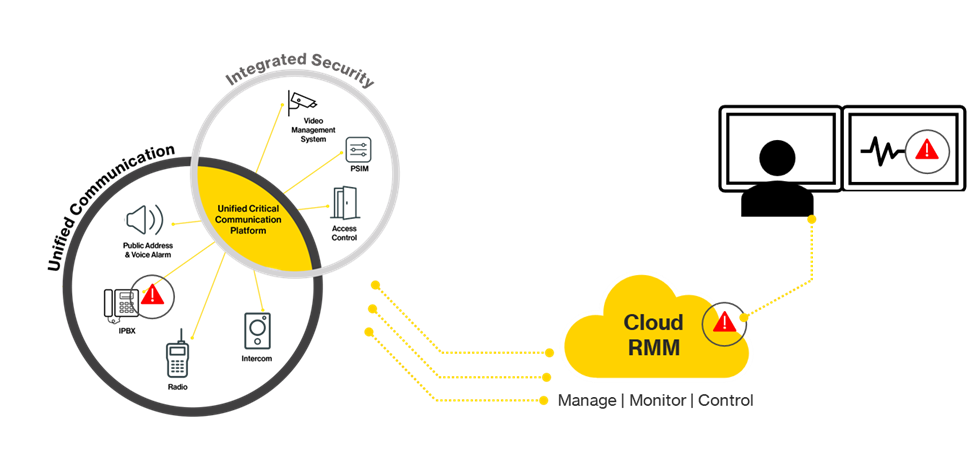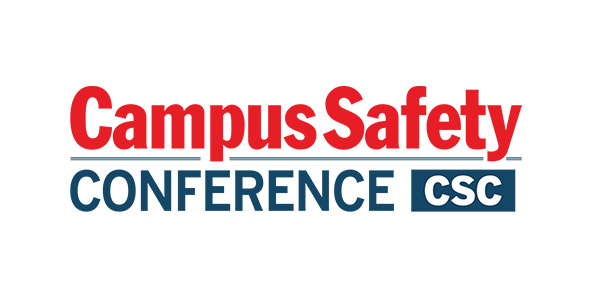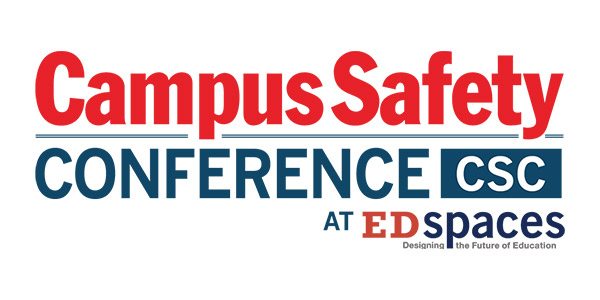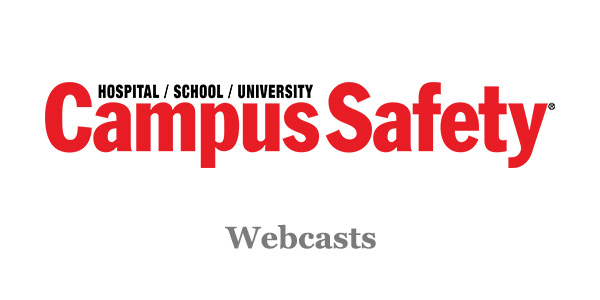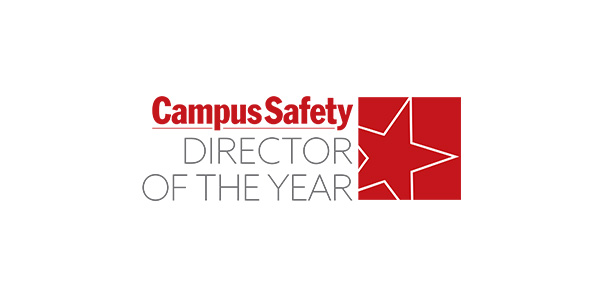Imagine a fire alarm that doesn’t sound during an emergency or a help point in a parking lot that fails when someone needs it most. Critical communication technologies—like voice alarm systems, intercoms and help points—are designed to protect lives and safeguard assets.
But if they aren’t available and reliable at the exact moment they’re needed, the consequences can be significant.
Related Article: Preparing for Education Facility Audits and Accreditation: Why Documentation Matters
That’s why ensuring these systems remain fully operational at all times is a critical responsibility.
When Traditional Managed Services Fall Short
Many organizations depend on system integrators to maintain and monitor these systems through managed service contracts. Traditionally, this has meant scheduled site visits, manual system checks, and reactive maintenance when something breaks.
The problem?
- Failures often go undetected between inspections.
- Maintenance is reactive, not proactive.
- Scaling across multiple sites requires excessive time, travel, and manpower.
For organizations that rely on these systems to protect people or maintain operational continuity, this traditional reactive approach presents significant risk.
Cloud-Assisted RMM: Proactive, Real-Time Monitoring
Cloud-assisted Remote Monitoring and Management (RMM) transforms this model. Instead of waiting for problems to surface, organizations gain real-time visibility into the health and performance of all communication systems. Potential issues are detected, reported, and resolved before they impact operations.
This proactive, data-driven approach reduces downtime, lowers costs, and ensures systems are always ready when needed most.
Why Critical Communication Systems Need It Most
Cloud-assisted RMM benefits many technologies, but the impact on critical communication systems is especially significant.
Related Article: How Smart, IoT-Enabled Devices Are Enhancing Building Security
These systems have a simple yet vital role: delivering clear, reliable voice communication. If voices cannot be heard, the system has failed at its most fundamental task.
The challenge grows in high-risk or public areas—like prison cells, transportation hubs, or parking lots—where vandalism and intentional damage are common. For example, prisoners often block intercom microphones with chewing gum to prevent surveillance. With cloud monitoring, such incidents are detected instantly, allowing control rooms to respond before the system is compromised.
Not all systems are used daily. Intercoms at doors or help points in parking areas are naturally tested through frequent use. But others, like voice alarm and mass notification systems, are only activated in emergencies. Imagine a fire breaking out only to discover that the alarm system has been out of operation for weeks—undetected simply because it isn’t used regularly. The consequences could be catastrophic.
Powerful Use Cases of Cloud-Based RMM
With cloud monitoring, integrators can remotely perform actions that once required costly site visits:
- Remote Tone Test: Verify that voice alarm systems and help points are audible and operational.
- Device Reboot: Restart malfunctioning devices instantly to restore service.
- Software Updates & Security Patches: Deploy updates across multiple sites to keep systems secure and compliant.
- End-to-End Call Path Testing: Confirm that communication lines are clear and reliable for users.
These capabilities ensure systems stay functional, safe, and efficient—without waiting for something to break.
Single Interface, Centralized Control
System integrators often manage multiple customers and projects simultaneously. A cloud-based RMM solution provides multi-tier user access and a centralized dashboard, giving integrators one interface to manage all unified systems.
- Each project remains secure, with roles and responsibilities clearly separated.
- System health across all sites can be viewed at a glance.
- Faster troubleshooting and better resource allocation improve service delivery.
The result: scalable operations without compromising quality or security.
Driving Efficiency, Security, and Reliability
Cloud-assisted RMM shifts organizations from reacting after failures to proactively ensuring uptime, security, and reliability. By monitoring system health in real time, running remote tests, rebooting devices, and applying updates across multiple sites, integrators and end users gain peace of mind knowing their communication systems are always ready.
As the need for multi-site operational environments grows, cloud-assisted managed services are becoming a necessity. With centralized, cloud-based RMM, organizations can:
- Stay connected.
- Stay secure.
- Stay efficient.
And most importantly, ensure that their communication systems are always ready when it matters most.
Sri Sutharsan is vice president of marketing, onshore, at Zenitel. This article was originally published in CS sister publication Security Sales & Integration.
Note: The views expressed by guest bloggers and contributors are those of the authors and do not necessarily represent the views of, and should not be attributed to, Campus Safety.

